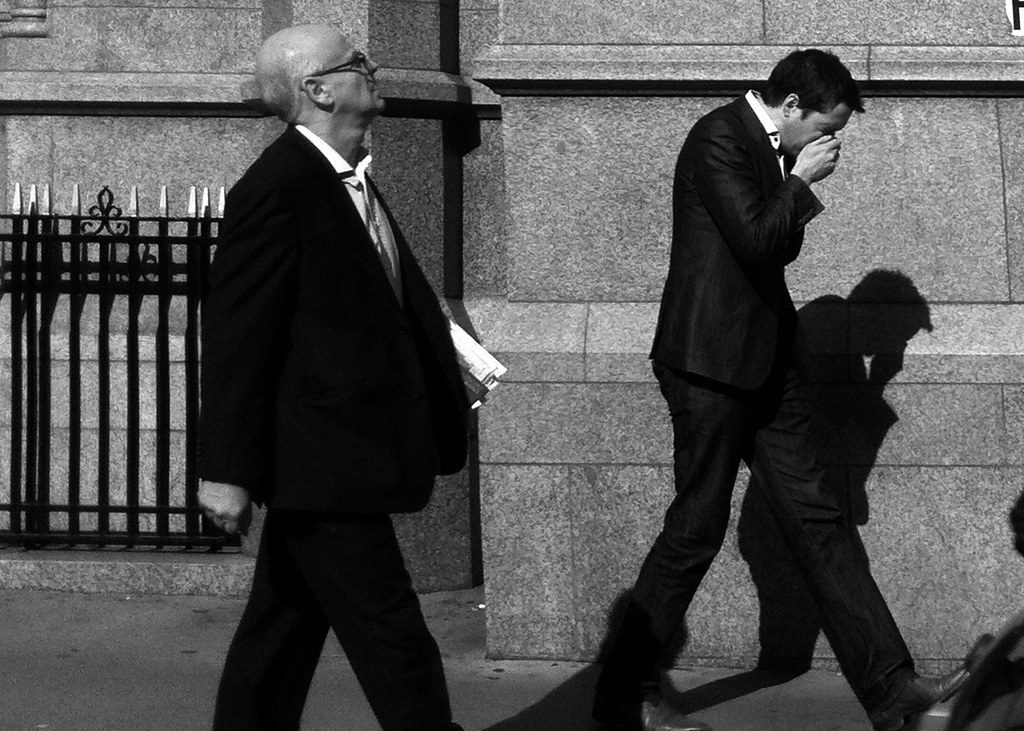
Had it been possible to contain COVID-19 in any reasonable manner, this illness would have attracted no more attention than the seasonal flu. For most of us, the symptoms are not that menacing; only 20% of the population is vulnerable to the more serious and often fatal effects. On Facebook, one can find multiple posts by COVID-19 skeptics who compare the coronavirus fatality numbers to those of auto accidents or the seasonal flu. But there is a difference – the coronavirus is so fast growing and so crafty in its means of transmission that since the first cases appeared in December 2019, COVID-19 has managed to infect nearly 3 and a half million people, kill more than 240,000, paralyze the world economy, and shut down life as we know it. There are really no comparisons.
Why is this new coronavirus so contagious? There are several reasons. The first is that although coronavirus is no stranger to science, this new strain is one that we have never seen before. As a result, no one has any immunity. Nearly everyone who is directly exposed to the virus will pick it up, even if they show no symptoms. And this is where a unique characteristic of the COVID-19 virus becomes key. With most respiratory viruses, including SARS, viral replication and shedding occurs mainly in the lower respiratory tract. Patients for the most part begin to spread the disease after symptoms such as coughing bring the contagions up out of the lungs and into the surrounding environment. But COVID-19 has a special skill that SARS didn’t have: it is capable of an extraordinarily high level of viral shedding in the upper respiratory tract, where contagions are readily spread to the skin. This means that anyone infected with the virus has lots of it to spread around well before a cough or a high fever tips them off that they are ill. This is why the screening and isolation methods that were so effective in shutting down the SARS epidemic were no match for COVID-19. Carried by people who had no symptoms at all, the new coronavirus virus managed to slip through most of the screening. In fact, none of the tests were very helpful until we had faster ones that only took a matter of hours for results. That’s because if anyone who took a test had to wait four days for the result, they may test negative for the virus although they’d gotten infected 2 days before the results and were already spreading contagions everywhere they went.
But wait, there’s more. COVID-19 may have another trick up its sleeve. Scientists in both China and Italy have discovered evidence that suggests that the virus is capable of becoming effectively airborne. Chinese scientists studying conditions in Wuhan where the outbreak started discovered tiny droplets carrying the genetic markers of COVID-19 in the air inside two hospitals. It is not yet known if the virus in their samples was infectious, but this research revealed a dangerous potential: Droplets that small, which are expelled by breathing and talking, can remain aloft and be inhaled by others. Meanwhile, in the Bergamo Province of Italy, scientists collected outdoor air pollution samples at one urban and one industrial site and found something disturbing: a gene highly specific to COVID-19. Research from two other groups supports the theory that air pollution particles help coronavirus travel farther in the air. It may be one reason for the high concentration of coronavirus cases in heavily populated and industrialized areas, although there are other mitigating factors – long-term exposure to pollution is known to damage the lungs, making residents in those areas more susceptible to infection and complications. The jury is out as to how much of a threat the airborne factor may be until further testing and evidence is gathered, but it should be noted that the highest concentrations of airborne droplets in Wuhan were measured in the small toilet areas, which were not ventilated. We should all avoid small confined spaces and it is essential that we continue the use of masks. There’s still some hold-outs who won’t wear them, stating that masks only protect us when a person who is infected is wearing one. Ordinarily, this is true. Unfortunately, with our current pandemic, no one can tell if they are infected until they’ve already been spreading the disease for four or more days. The only way to ensure that everyone who is infected is wearing a mask is for EVERYONE to wear a mask, whether they think they need to or not.
Washing and sanitizing our hands remains a front line defense. Always wash your hands during the day, after touching things, the first thing after you get home, and before eating or drinking anything. Keep your fingers away from your eyes, nose and mouth. And here’s another tip from my friend Dr. H: you may be safer with food and cashier workers who are NOT wearing gloves. At first this seems counter intuitive, but the fact is, people who are not wearing gloves are more likely to frequently wash and sanitize their hands. When a worker feels protected by the gloves they are wearing, they seldom wash or sanitize their hands, and those gloves can attract and hold viruses like magnets.
Protect yourself. Stay well.


